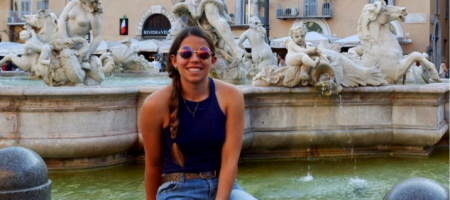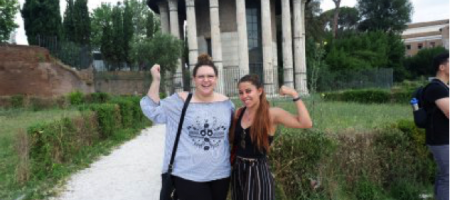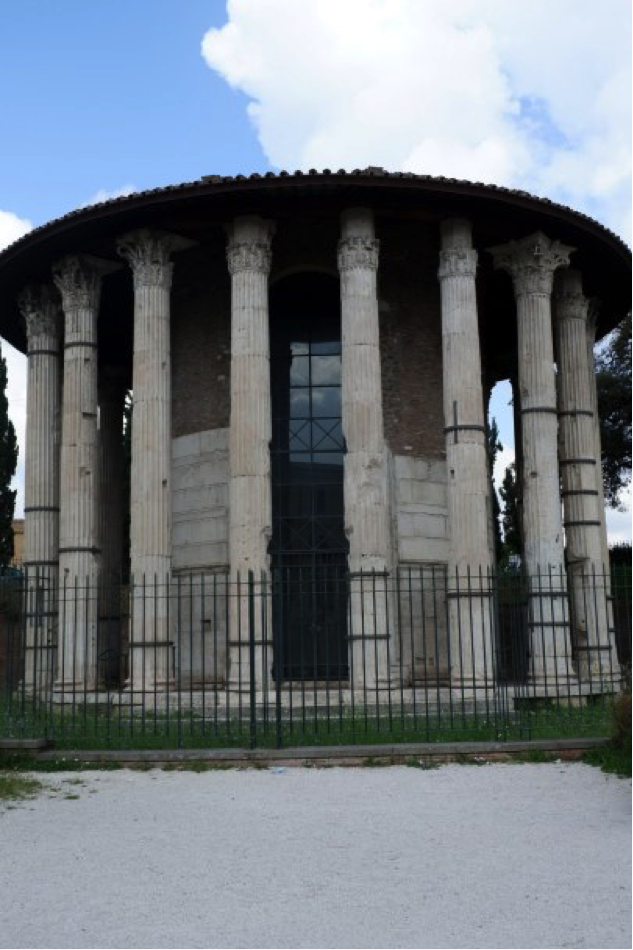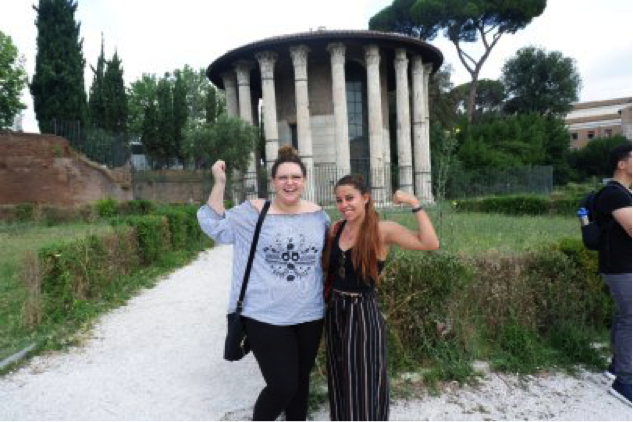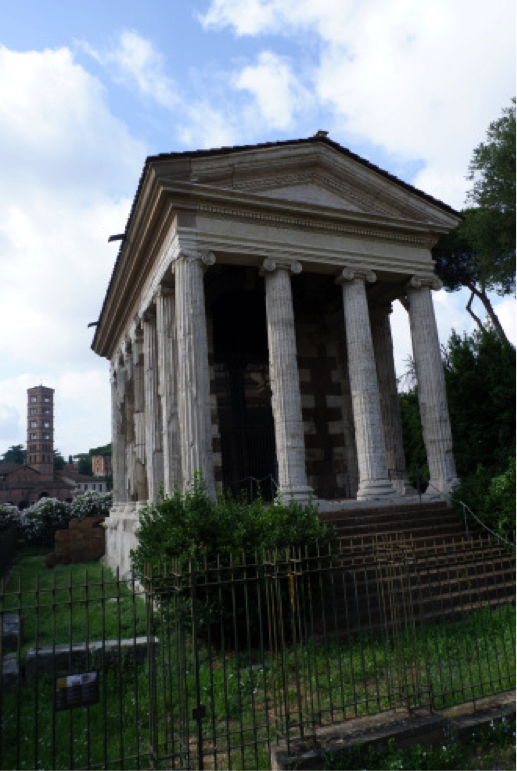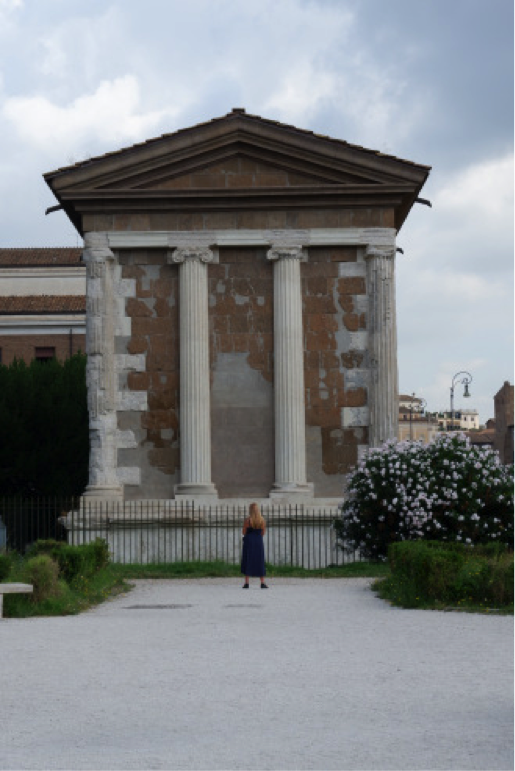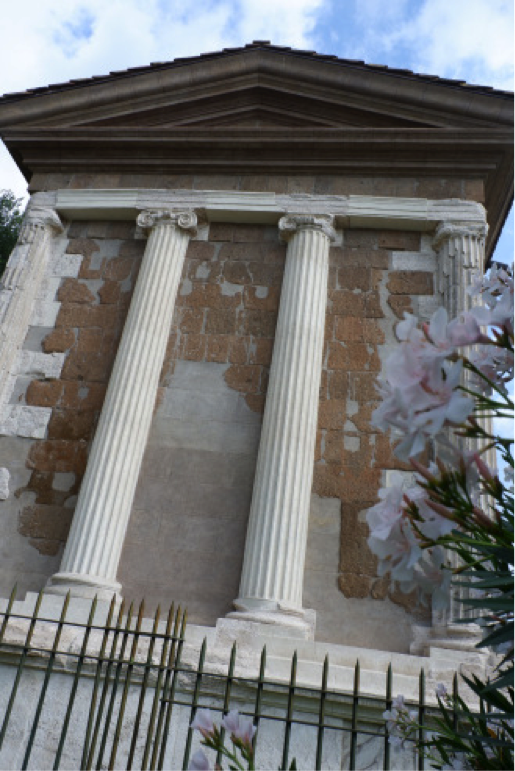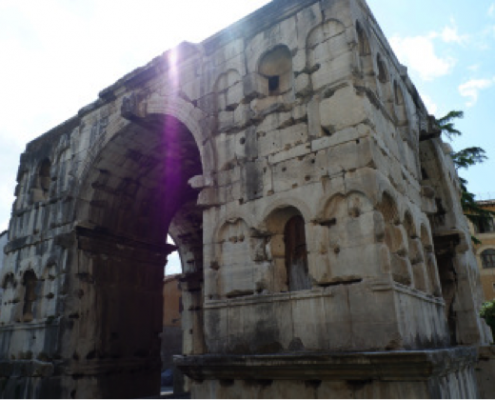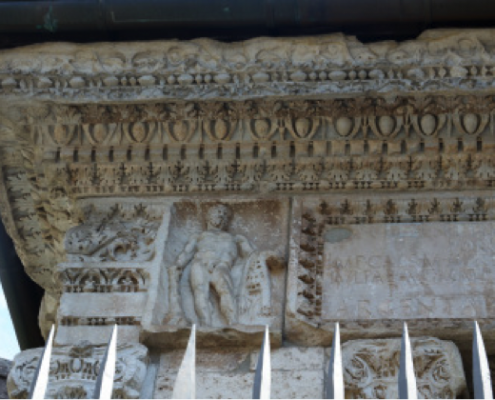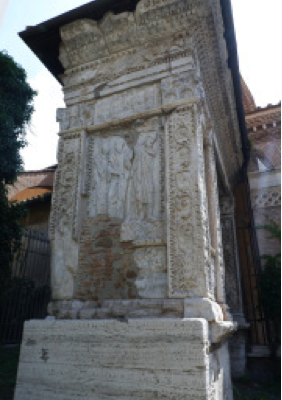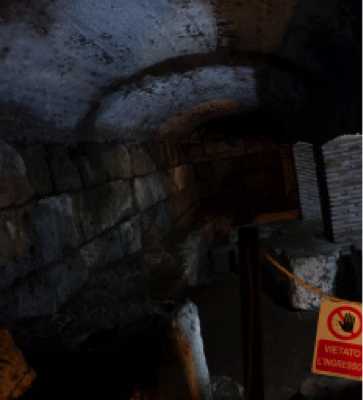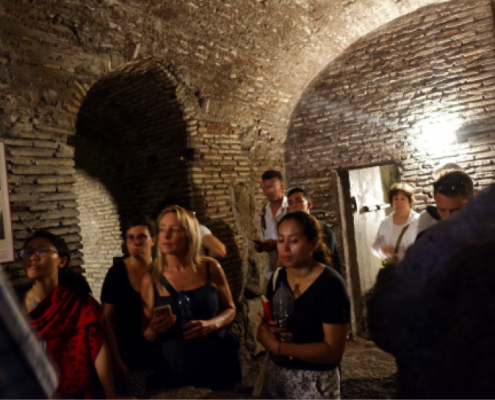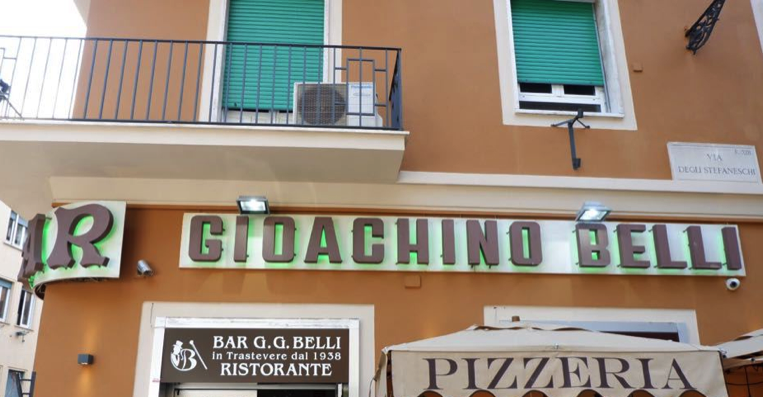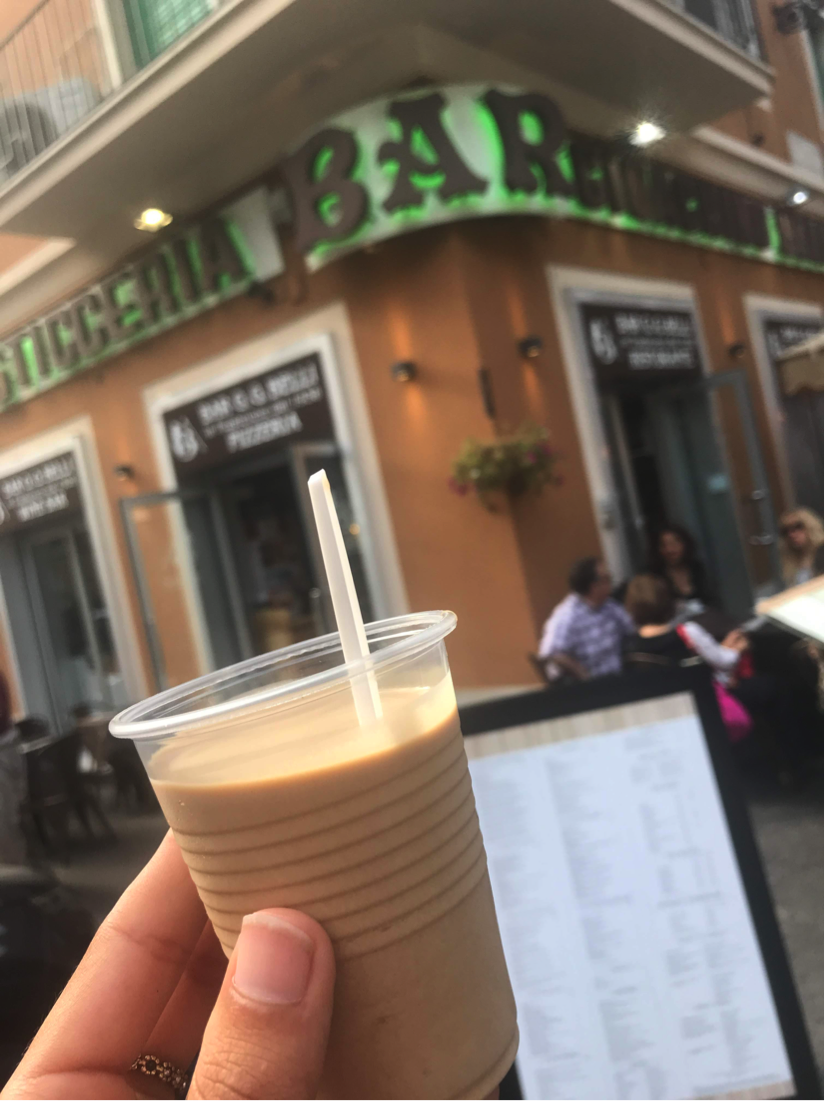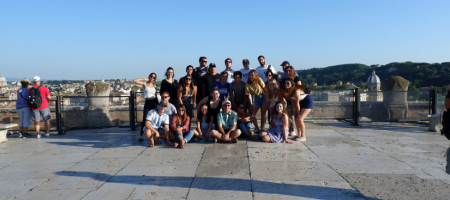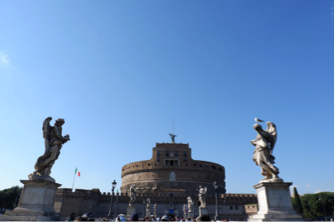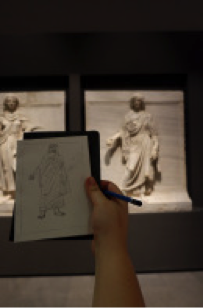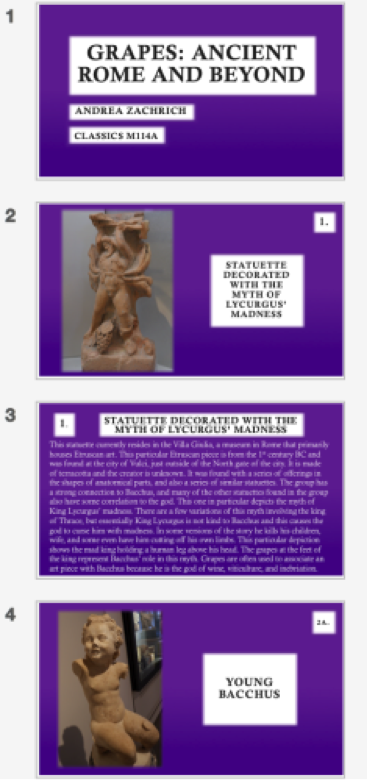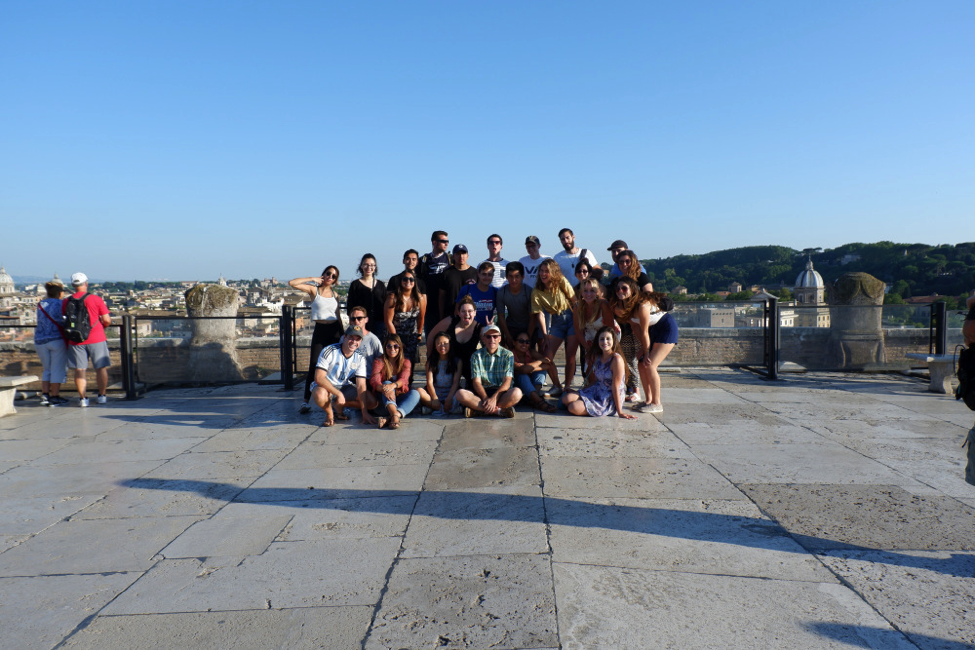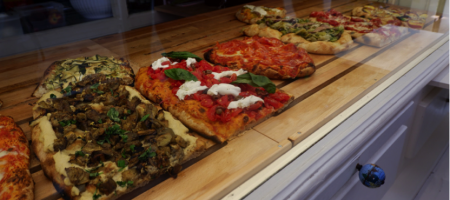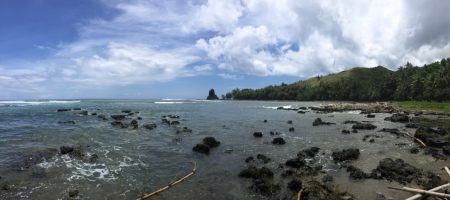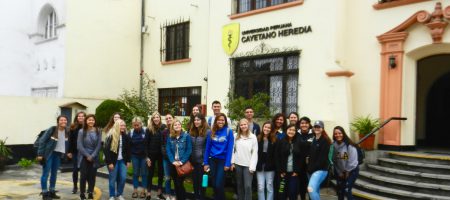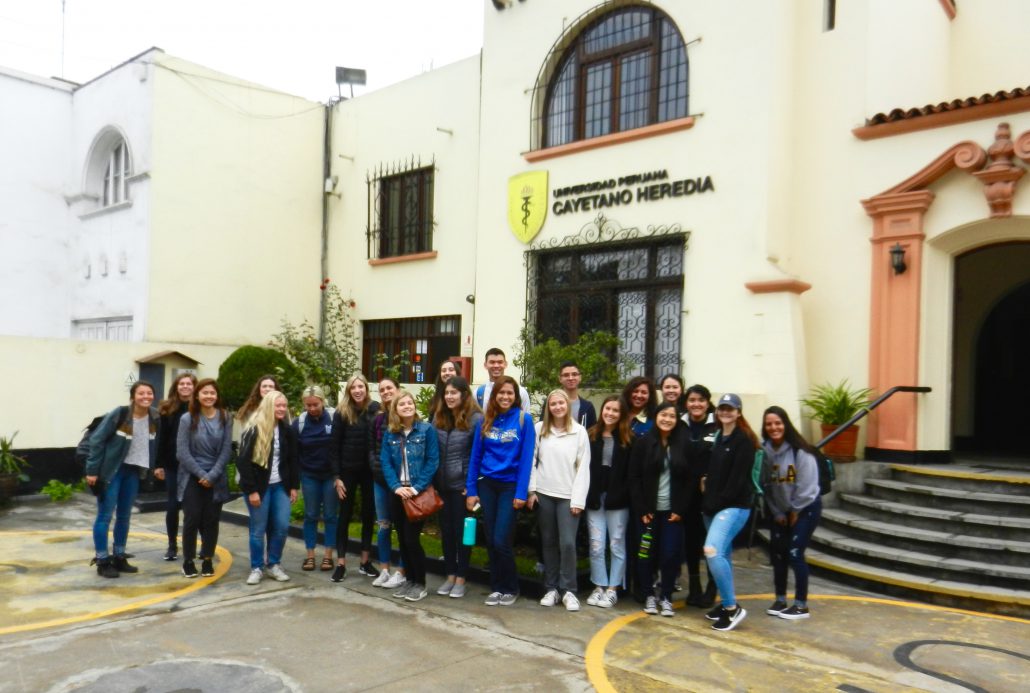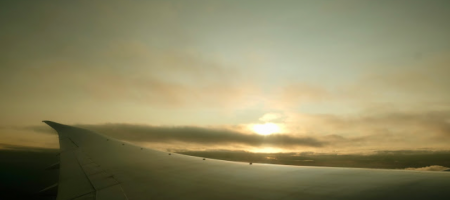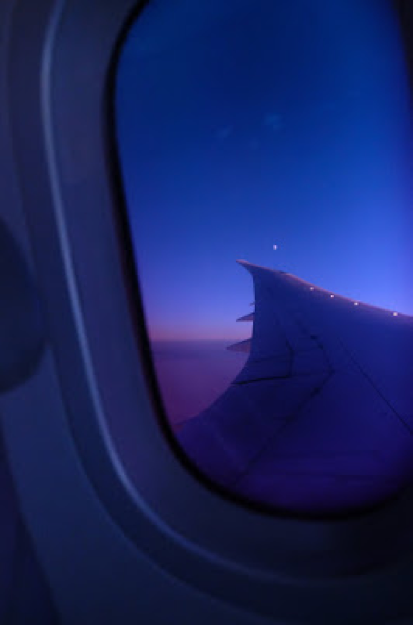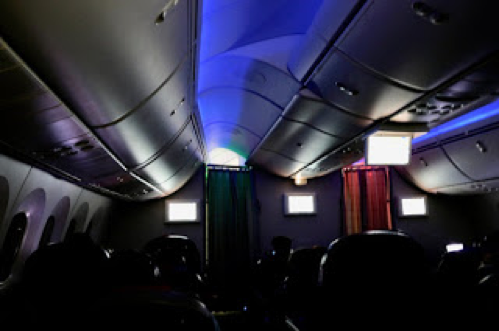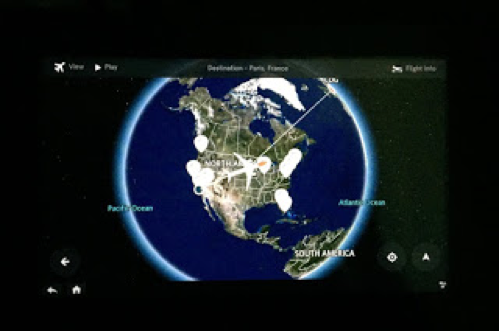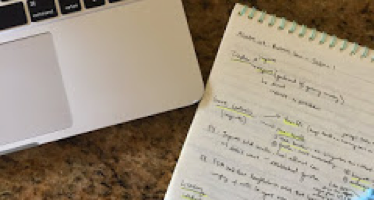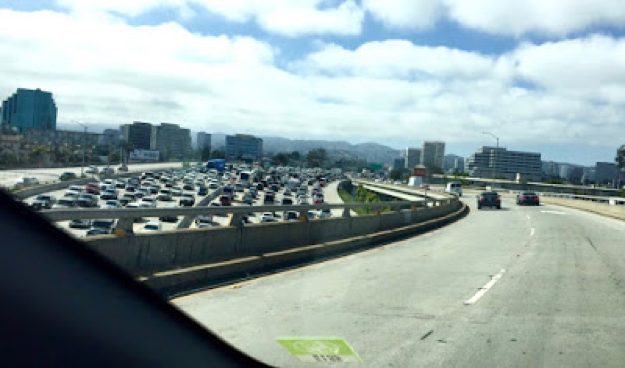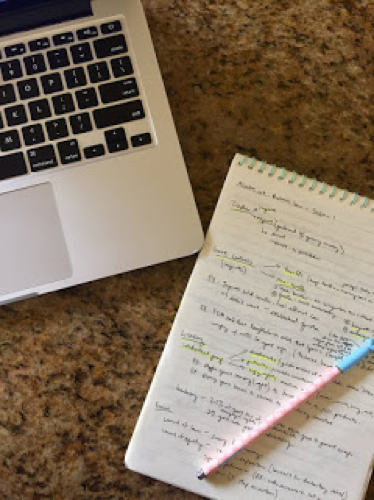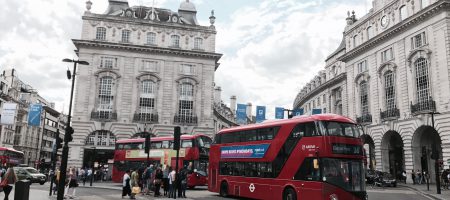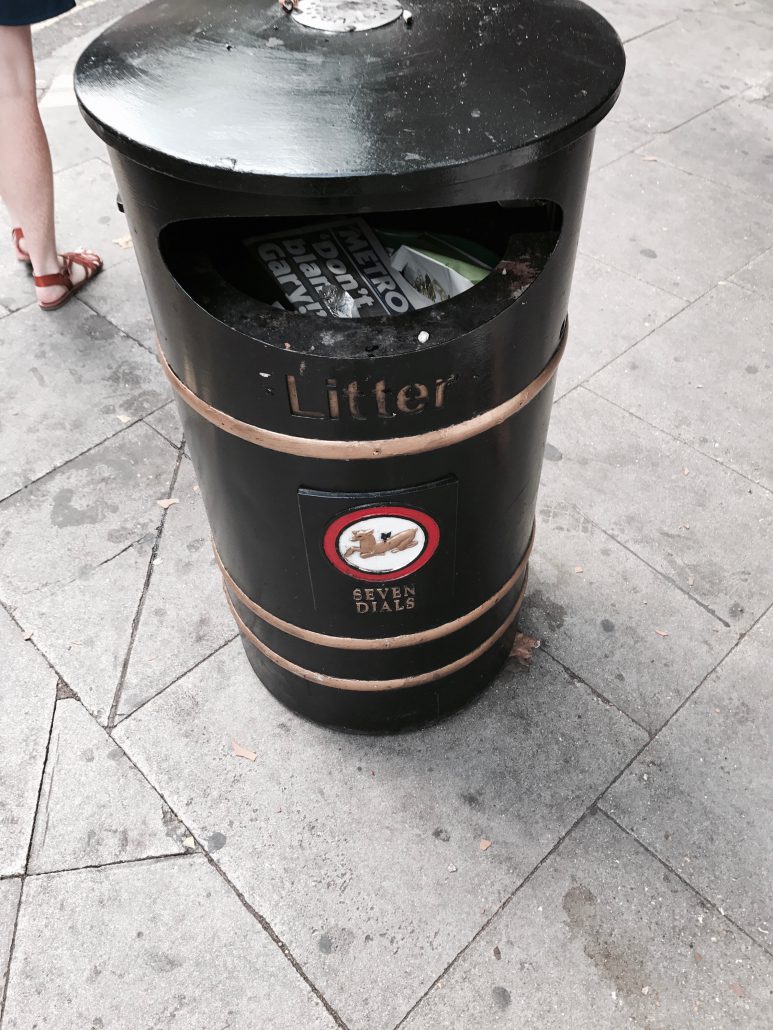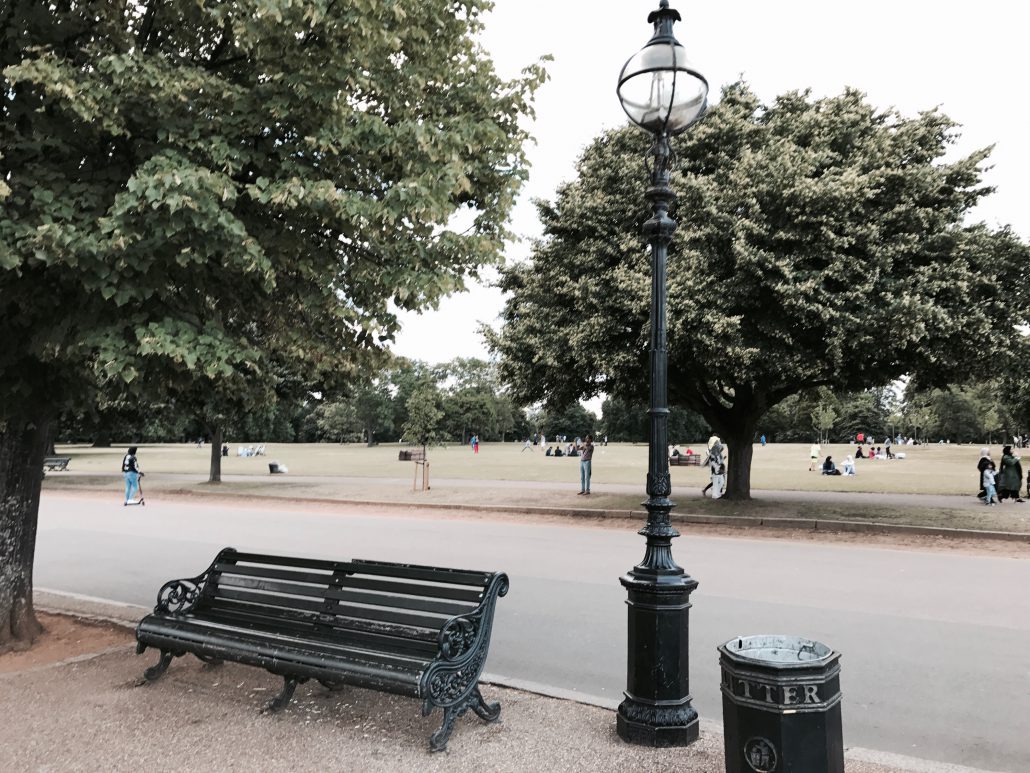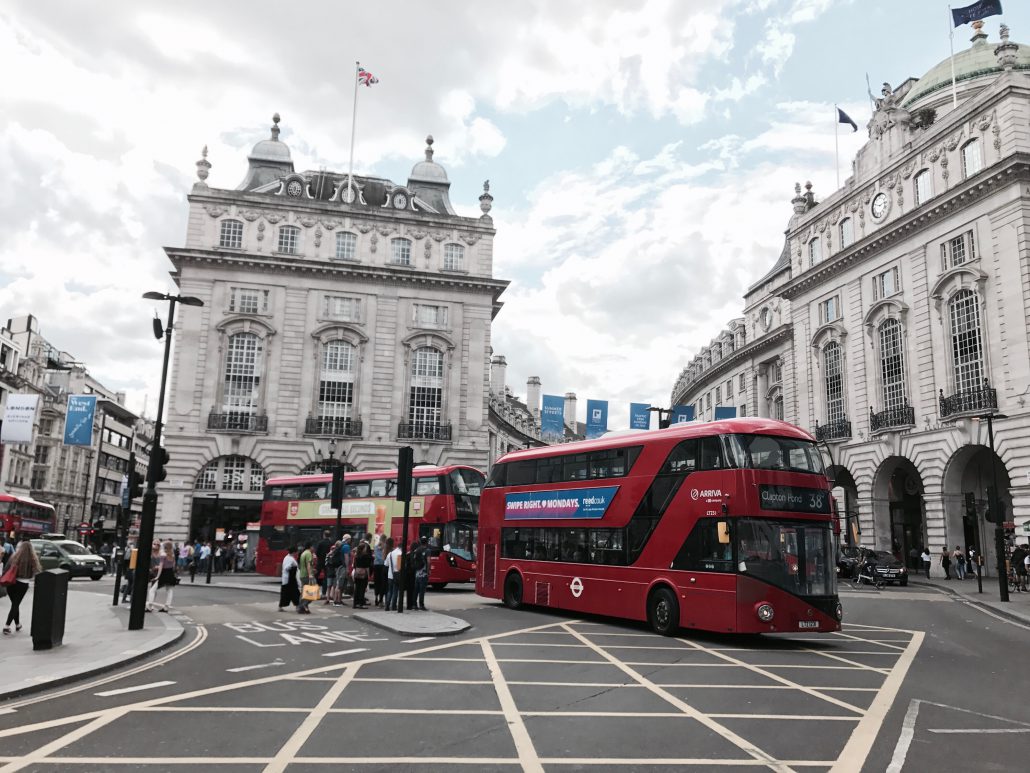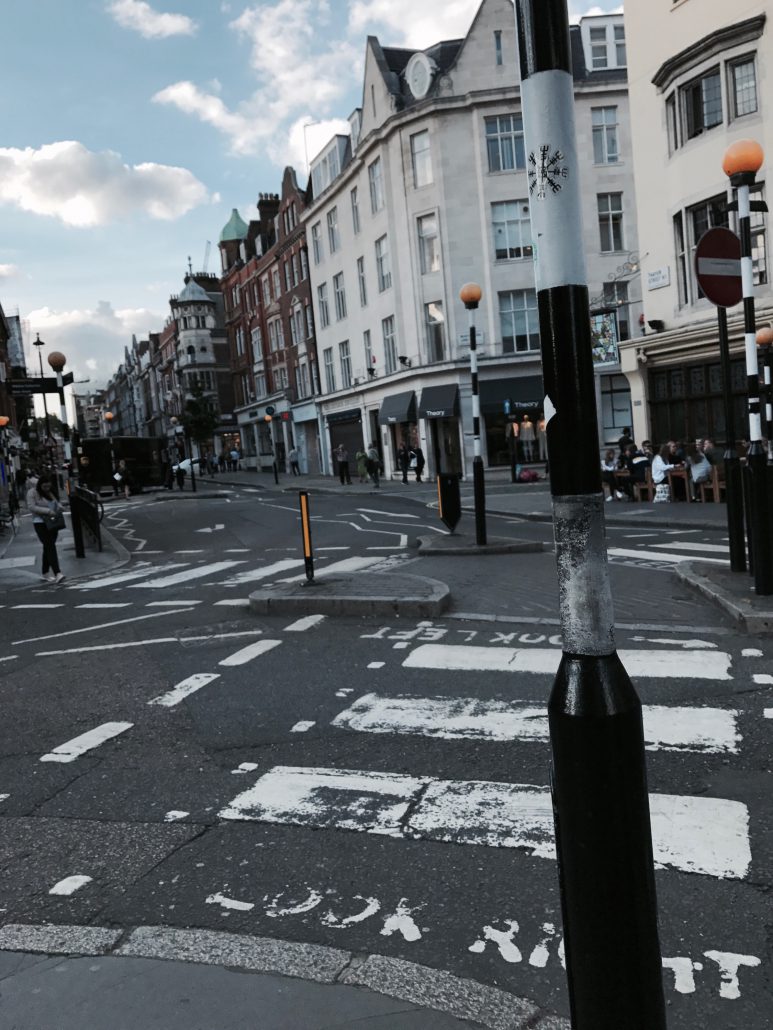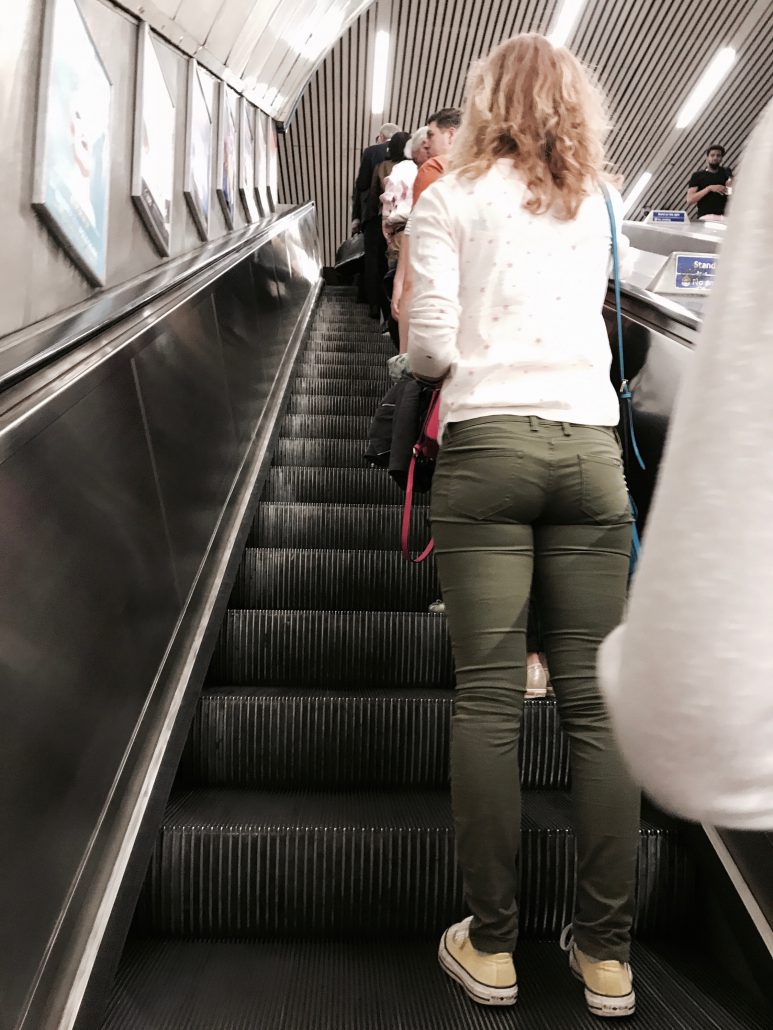Italy | Giolitti
By Andrea Zachrich
Giolitti
This is hands down the best gelato I’ve gotten in Italy thus far, and I’ve been here for almost 2 weeks! They have a million flavors and it’s not very expensive.
Where is this place??
This place is near the Piazza Navona, which actually used to be a racetrack in antiquity (but more on this later when we talk about the Stadium of Domitian). Now, it’s an open public space with a lot of street performers and food places along the outside. When we were there on a Tuesday evening, there were singers and a man blowing giant bubbles using a homemade contraption. It was very entertaining. In the center of the Piazza is the famous “Fountain of the Four Rivers” topped with an Egyptian obelisk called “The Obelisk of Domitian”. The fountain (minus the obelisk) is by Bernini – a famous Baroque era artist. Each of the four men represent one of the four continents (Asia, Africa, Americas, and Europe). They’re not labeled, but they are identified by items they are holding and what clothes they are wearing. I’ll leave it up to you to identify which statue represents which continent (I had to google it). There’s also two more fountains in the Piazza that are interesting to wander around and look at.
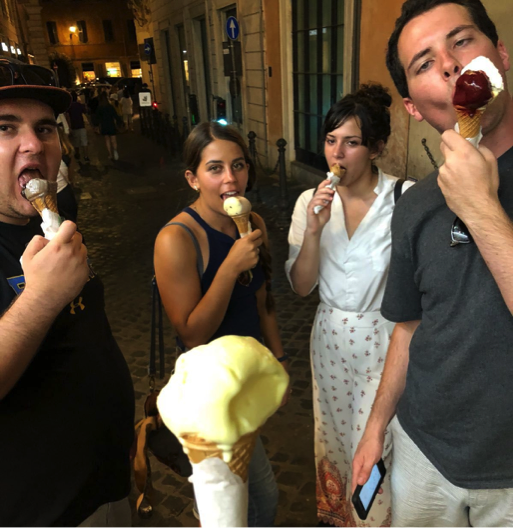
What should I order?
So back to the important information: THE GELATO. One important thing to know about this particular place is that you pay first and then you go and pick your flavors. I got a small (piccolo in Italian), which included 2 flavors for 3 euros. I believe the next sizes went up by a euro each, and it was the same price for a cone (cono in Italian) as it was for a cup, so I got a cone.
This place had an absurd amount of flavors. I was with 5 people and we each got 2 different flavors from one another and I don’t think we even tried 1/3 of the flavors there. If you’re lactose intolerant, this would be a great place to go because they have a ton of flavors without milk (latte in Italian) and they label them as such. They also have really interesting fruit flavors I haven’t seen anywhere such as blackberry, limoncello, and pink grapefruit. I really don’t think you can go wrong with any flavors here, but our group collectively decided that the limoncello flavor was the best. If you don’t know, limoncello is a popular after dinner liquor in Italy. I don’t think the gelato had any alcohol in it, but it still tasted similar to the drink.
Embarrassing story time: I walked up to the counter, and I was asking all what all of the flavors were (many of the names are in Italian, and I didn’t know what they meant). I ended up getting Giada, which is a chocolate-hazelnut flavor (would recommend if you like Nutella) and Stracciatella, which is chocolate chip gelato with a vanilla-y base. I went to order by pointing at the flavors, and the guy working the counter wouldn’t let me order until I had failed miserably at saying the flavors and then wouldn’t start scooping the gelato until I repeated the correct pronunciation after him (Giada is a surprisingly hard word to pronounce). Needless to say, I don’t think I’ll mess up those flavors again.
I would definitely go to this place if you find yourself over by the Piazza Navona. We got our conos and went over into the Piazza to people-watch, and it was a great way to spend an evening!


